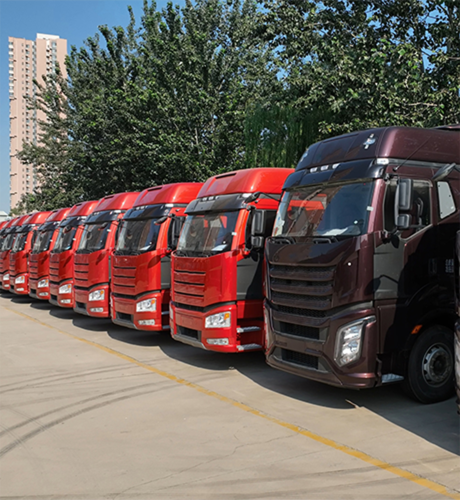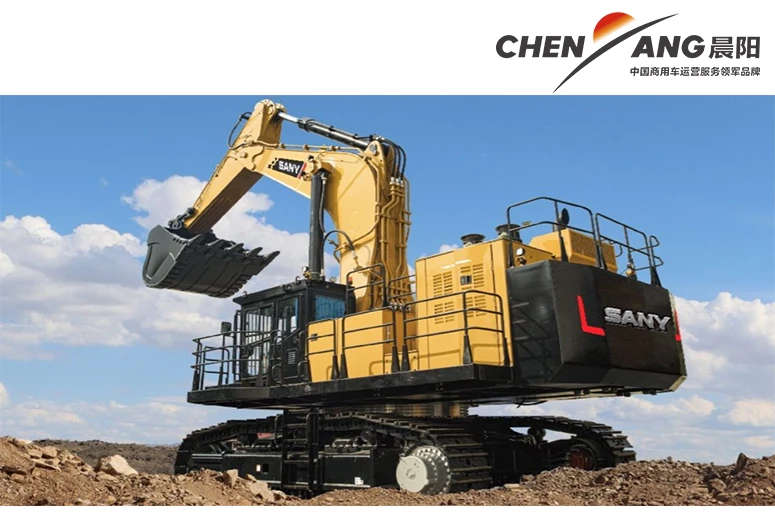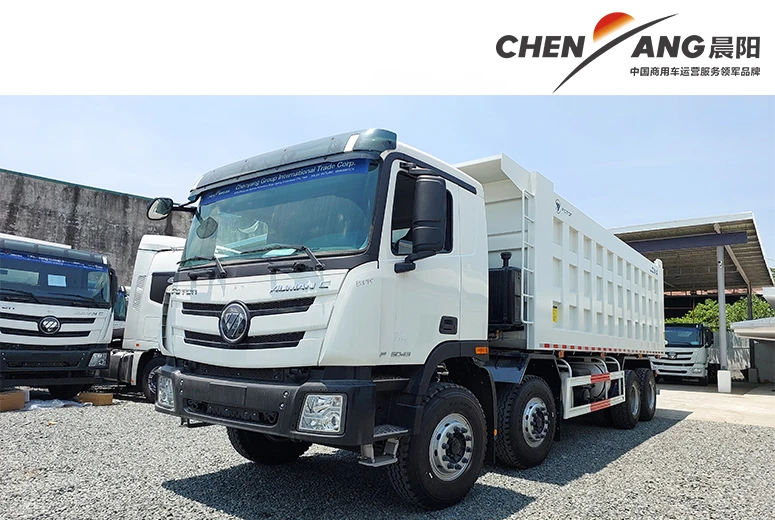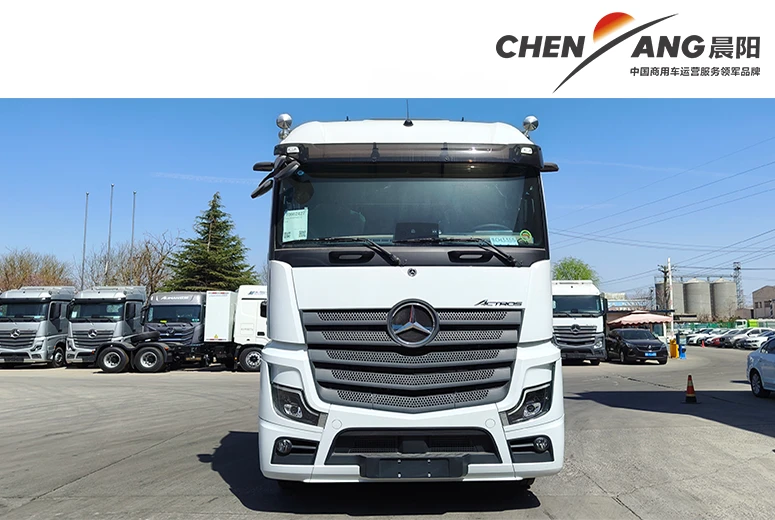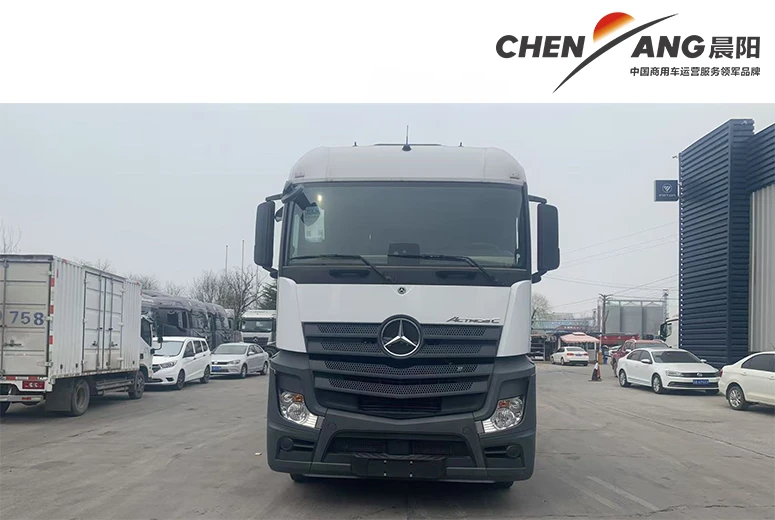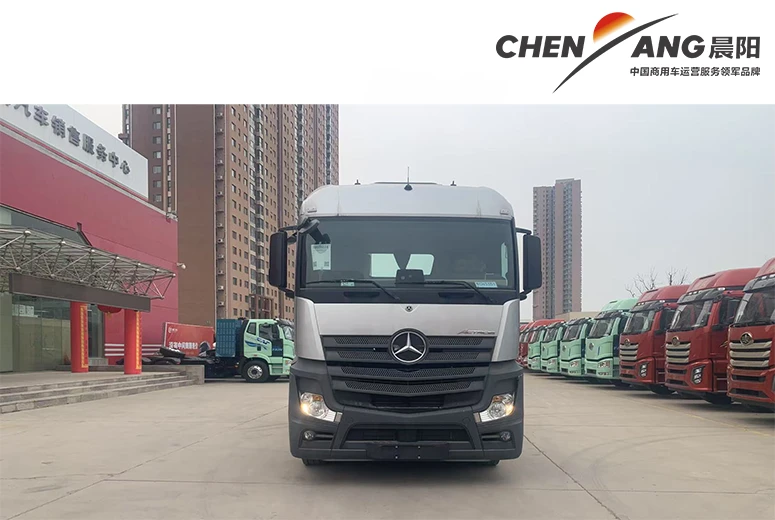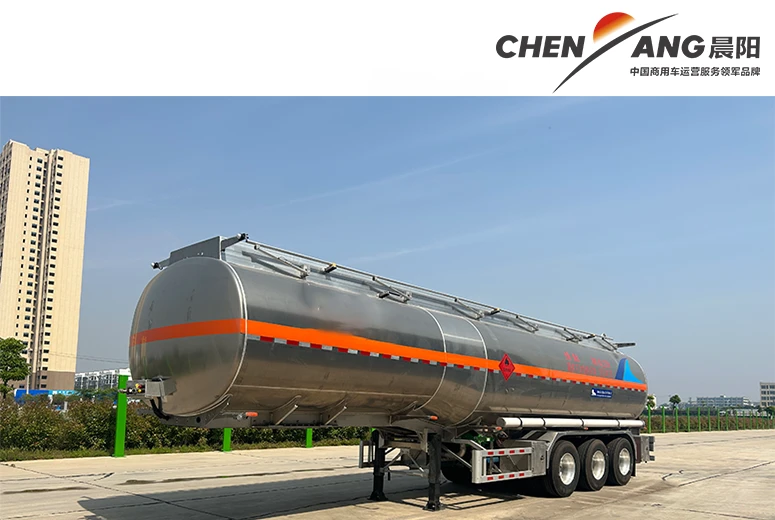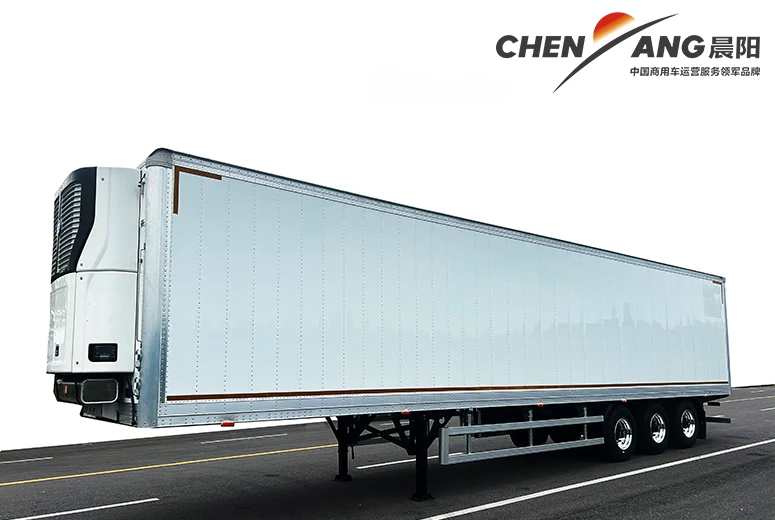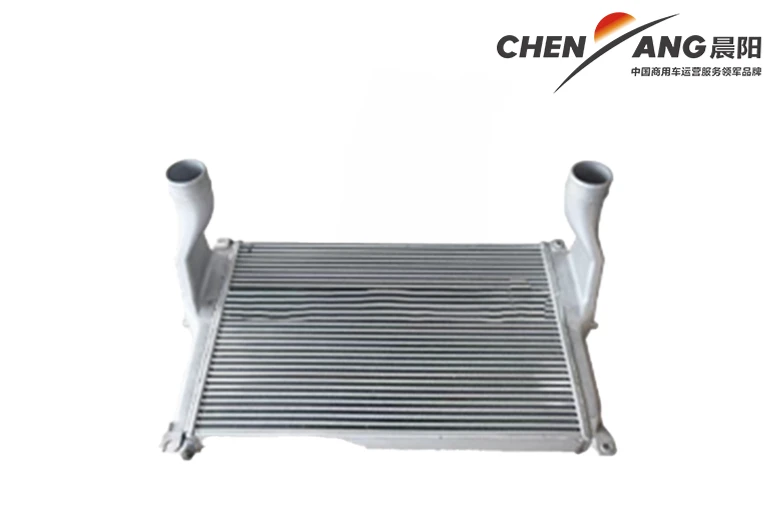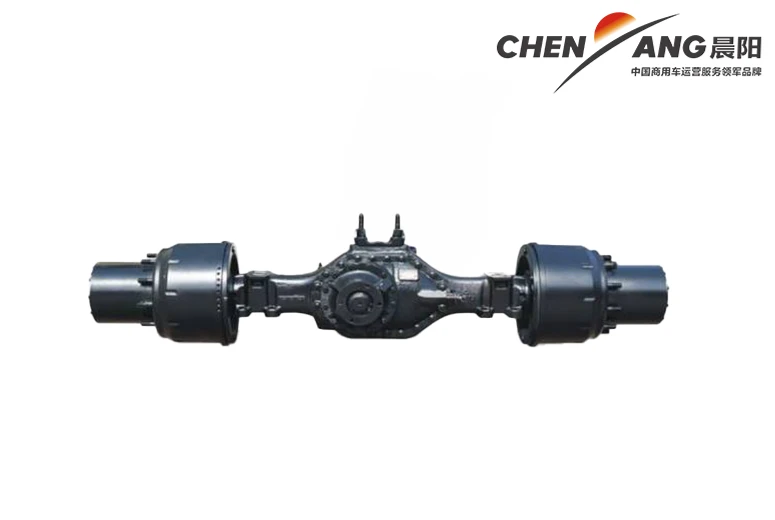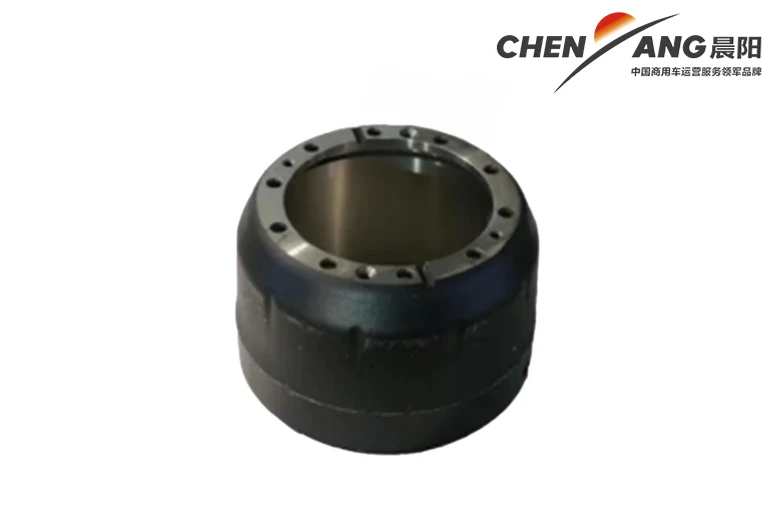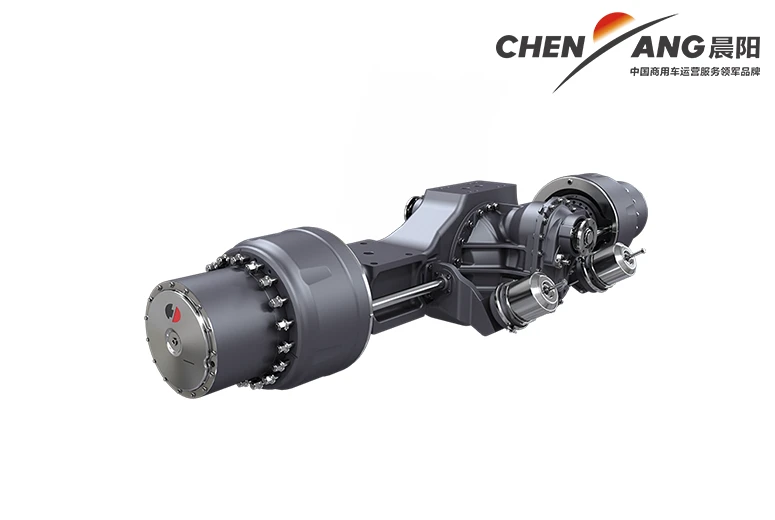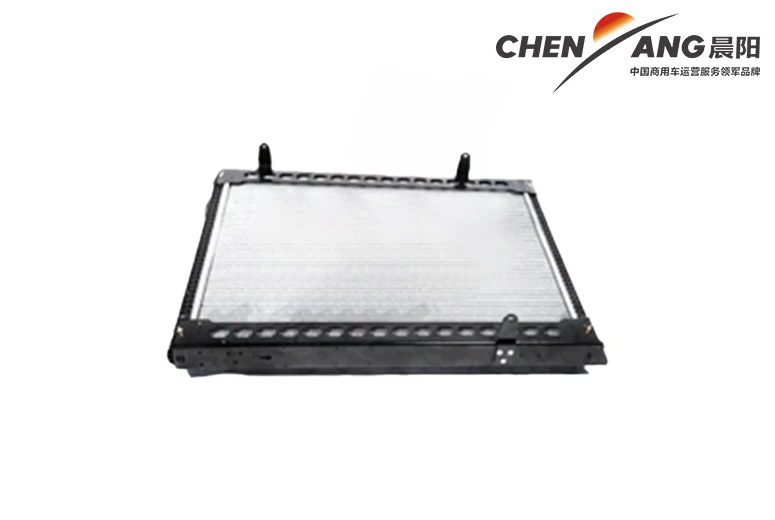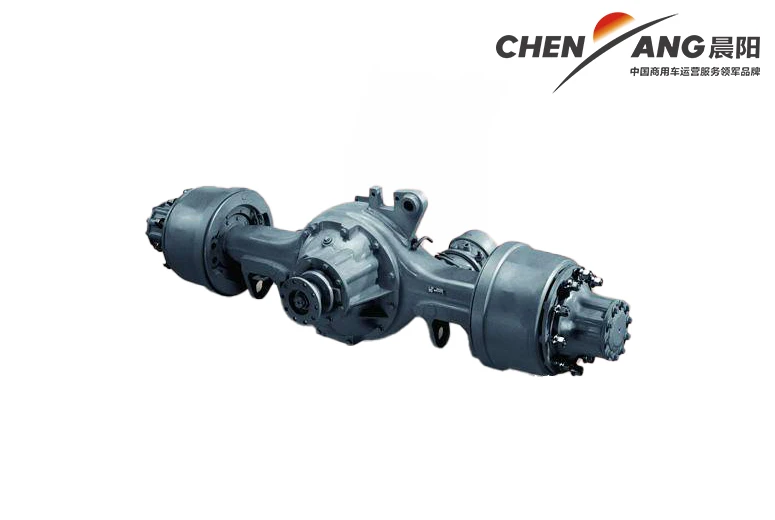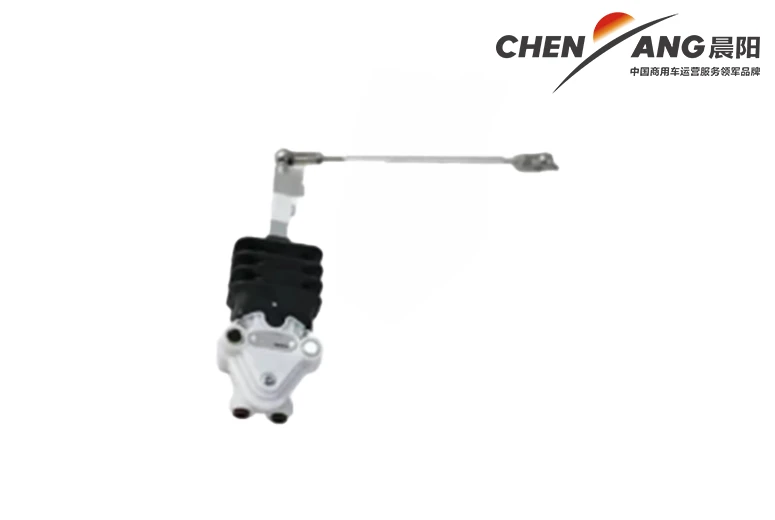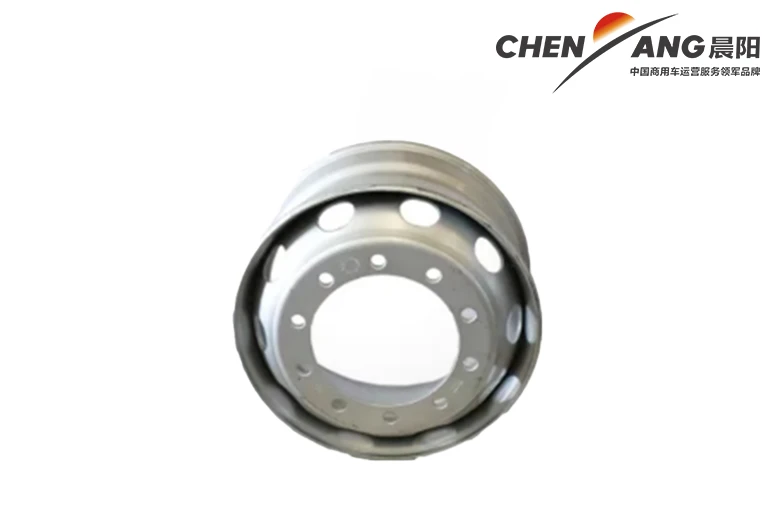road roller
The Mighty Road Roller A Symbol of Construction Power
In the world of construction and civil engineering, few machines embody the essence of heavy-duty work like the road roller. Also known as a roller, this machine plays a crucial role in the process of road construction, maintenance, and other large-scale projects. With its massive size and formidable weight, the road roller is often seen as a symbol of progress and modernization.
Historical Background
The history of the road roller dates back to the early 19th century. The original rollers were simple, drawn by horses or steam engines, and were designed to compact soil and gravel for roadways and other surfaces. As technology advanced, the design of road rollers evolved. The introduction of the internal combustion engine led to the development of self-propelled rollers, which significantly improved efficiency and effectiveness in construction projects.
Types of Road Rollers
Today, there are several types of road rollers, each designed for specific tasks. The most common types include
1. Static Rollers These rollers rely solely on their weight to compact the surface beneath them. They are generally used for asphalt and thin soil layers. 2. Vibratory Rollers Equipped with an eccentric mass, these rollers use vibration to achieve greater compaction. They are suitable for cohesive soils such as clay, providing a denser finish.
3. Pneumatic Rollers These rollers have pneumatic tires that provide a smoother finish and are typically used in asphalt paving projects. Their flexibility allows for better performance on uneven surfaces.
4. Combination Rollers These machines incorporate both static and vibratory features, giving them versatility for a variety of applications.
road roller

Each type of roller has its unique advantages, making them integral to the construction industry.
Operational Mechanics
Operating a road roller requires skill and expertise. The operator must understand the soil type, moisture content, and the desired compaction level. It is essential to use the right type of roller for the specific task at hand. For instance, using a vibratory roller on cohesive soils can lead to better compaction and longevity of the road structure.
Operators often follow specific patterns to ensure even compaction, overlapping passes as they move forward. This meticulous approach allows for the uniform distribution of pressure across the area being compacted, ensuring stability and durability in the finished product.
Environmental Considerations
As construction practices evolve, there is increasing emphasis on environmental sustainability. Modern road rollers are being designed with fuel efficiency in mind, reducing emissions and noise levels. Many manufacturers are integrating renewable energy sources and advanced technologies into their models, reflecting the industry's commitment to greener construction practices.
Additionally, the use of recycled materials in road construction is becoming more common. Road rollers are pivotal in compacting these materials to create stable and resilient roadways, showcasing their adaptability to contemporary construction needs.
Conclusion
The road roller is an irreplaceable tool in modern construction, representing strength, precision, and technological advancement. Its evolution over the years reflects both the progress of industrial machinery and the growing demands of the construction industry. As cities expand and infrastructure develops, the road roller will continue to pave the way for new beginnings, standing as a testament to human ingenuity and the ongoing quest for improvement. Whether it's a small path or a sprawling highway, the mighty road roller serves as a symbol of our commitment to building a better world, one roll at a time.
-
Hybrid Coach Bus for Sale Eco-Friendly Hybrid Bus & Coach SolutionsNewsJun.10,2025
-
High-Efficiency Concrete Mixer Machine Diesel Engine – Affordable Price & DurableNewsJun.10,2025
-
High-Precision Transmission Pressure Gauge for Accurate MonitoringNewsJun.10,2025
-
High-Quality Hobby Farm Machinery & Tractors Reliable Implements for Small FarmsNewsJun.10,2025
-
Affordable Light Duty Box Truck Used for Sale Reliable & Efficient TransportNewsJun.10,2025
-
315/70R17 Tire Size in Inches Accurate Conversion GuideNewsJun.09,2025
Popular products

